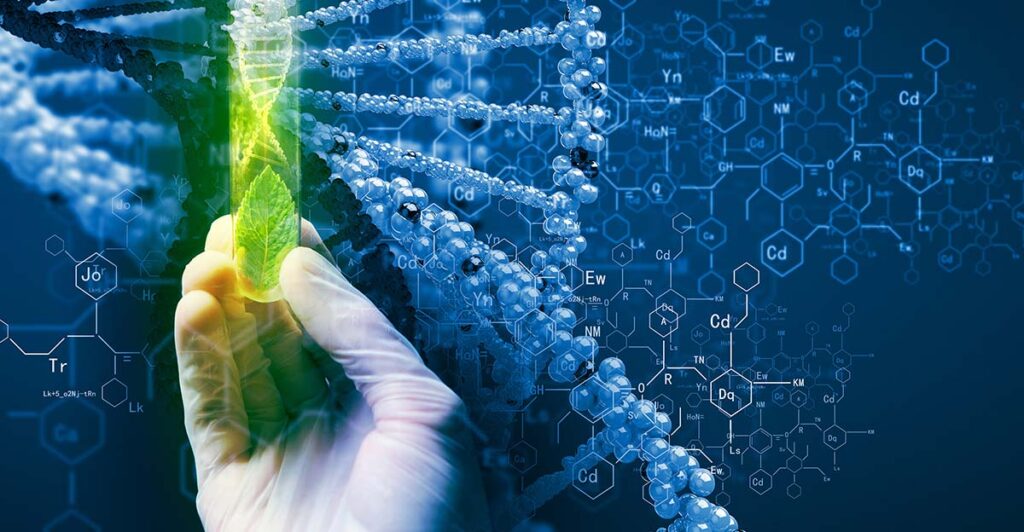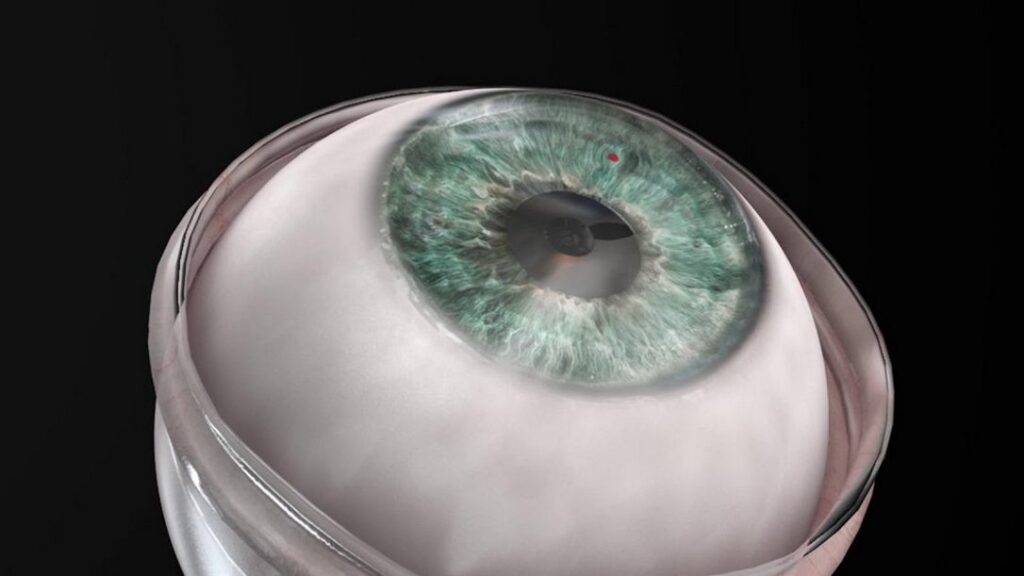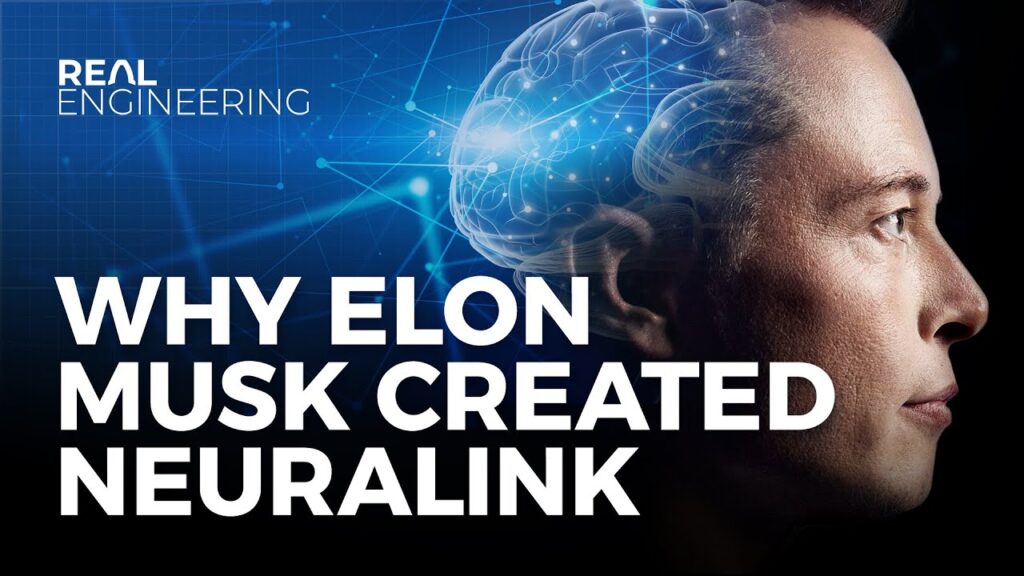Aligning in line with the latest technological developments aka artificial intelligence, internet of things, cloud computing, (for instance), biotechnology is emerging as quick as never it was. Owing to the fruitfulness it could bring in the future, biotech is praised for its worth, for that it had unleashed in the recent days, creating a revolutionary impact in the world; which is discussed in short with real-world examples & achievements, here in this page.
Biotechnology
Biotechnology is not just to play with human genome, altering the defective DNA with good ones, but extends more widely. Technology utilizing the biological world, systems, living organisms or parts of this to develop or innovate different products to untangle the realistic problems is what biotechnology is & what it marches for.
Being coined in 1919 for the first time, biotechnology is not limited to medicine & healthcare as it was in prior early 2000s. The products & processes extracted with the help of biotechnology directly impacts technology, industry and environmental safety.
Scientists are manipulating virus, microbes & other micro-organisms, probing for various researches for the well-being of the world & its inmates.
Researches & Products biotechnologically engineered
Worth of any process/product depends on its applicational value. Meanwhile, biotechnologically engineered products have totally nailed in featuring products of future – few is described here.
Virus-built batteries
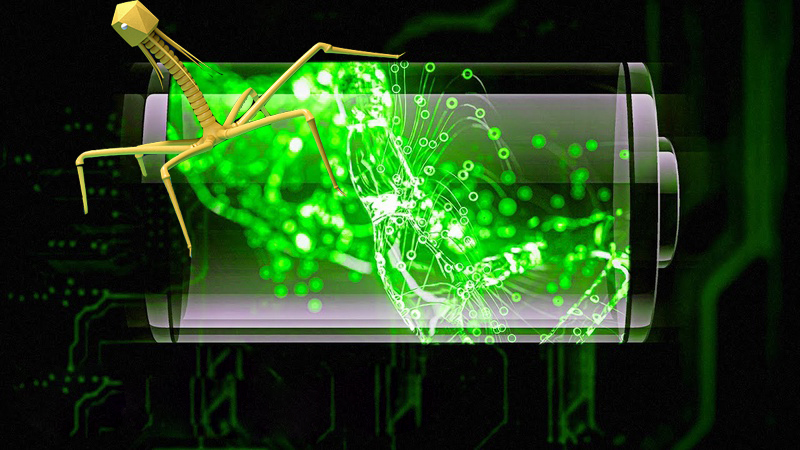
In 2009, bioengineering professor Angela Belcher travelled to White House and demoed her small battery built by viruses to the then President Barack Obama. The use of viruses in the positive and negative electrodes of Lithium-ion batteries was concerned as a breakthrough tech, being a clean eco-friendly alternative to conventional toxic battery manufacturing process. That gained $2 billion in funding for the advanced battery Technology and Belcher’s virus-battery by Obama.
Gene from Algae for eye-sight
A 58-year-old man was blind, barely able to perceive whether it was day or night. After receiving gene therapy to add light-sensing molecules to one of his retinas, he could locate a notebook set on a table.
Scientists in Europe and the US are reporting today what they describe as the first successful use of optogenetics to improve a person’s vision. The feat involved introducing a gene from algae into the man’s retina.
“I think that a new field is being born,” Botond Roska, a professor at the University of Basel who led the research, said during a conference call with journalists.
Modifying genes to always be young
Students of Harvard Medical School have successfully restored vision in mice by turning back the clock on aged eye cells in the retina to recapture youthful gene function. The team’s work evinced that it is possible to safely reprogram complex tissues of the body, like the nerve cells of an eye to an earlier age, thus resetting the functionalities of cells and making it younger.
“Our study demonstrates that it’s possible to safely reverse the age of complex tissues such as the retina and restore its youthful biological function,” said senior author David Sinclair, professor of genetics in the Blavatnik Institute at Harvard Medical School, co-director of the Paul F. Glenn Center for Biology of Aging Research at HMS and an expert on aging.
Wearable bio-fuel cell
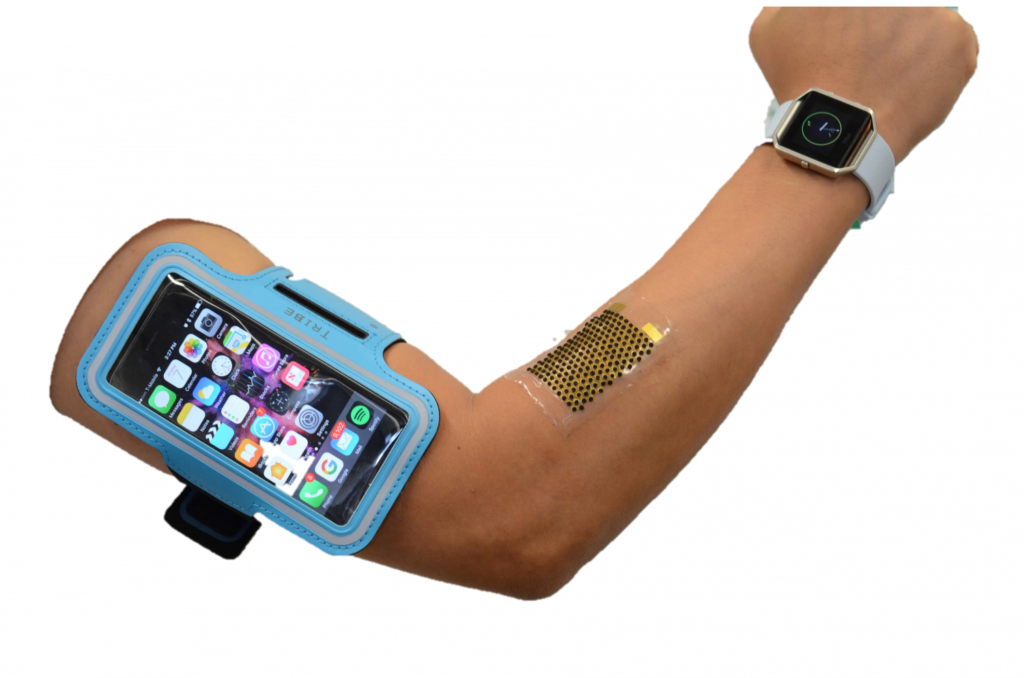
A research team from Tokyo University of Science (TUS) gave a form to the idealization of ‘What if human-sweat could be the sole source of power to charge these biosensors?’
Latest Posts
- Evolution of AI: 5 Stages of AI And How It Helps / threatens Us
- Why “Unsubscribe” in Emails Could Be a Trap? Instead Do this
- Google Revenue Breakdown: Earned $350Bn Revenue in 2024
- How AI Will Change Your Career Path—Insights from Sundar Pichai
- ChatGPT o3 Scores AIR 4 in JEE Advanced Entrance Exam
the team proposed a biofuel-cell array design that uses lactate, a chemical present in human sweat, to generate electricity to power biosensors as well as wireless communication devices for a short span of time.
These biotech-innovations had laid down the pavement for the future world that would be chemically, biologically harnessed to come upon with genetical experiments to become an ever-surviving humans.
